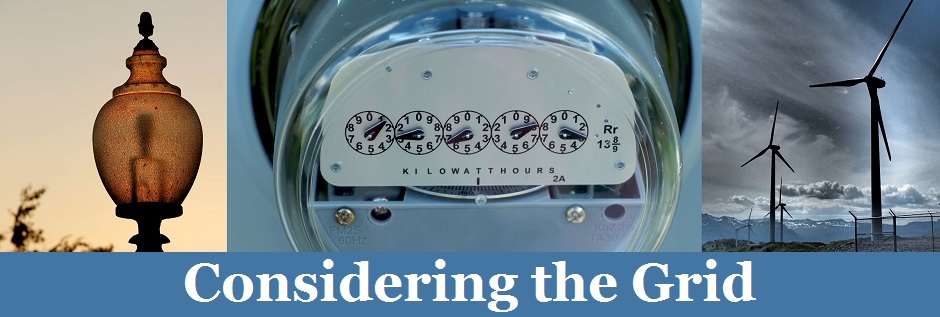The fate of the Clean Power Plan has been uncertain from the start, with challengers attacking the regulation through notice and comment, petitions for reconsideration, D.C. Circuit litigation, and briefing for a stay that the Supreme Court would go on to grant. The impact of the upcoming change in administration introduces additional questions regarding the future of the CPP and EPA’s related regulatory actions, including the model carbon-trading rules—which EPA recently sent to the White House—and the Clean Energy Incentive Program (CEIP). Given the incoming administration’s prior statements and recently posted transition plan, most speculation is targeted towards how the CPP may be restricted or eliminated.
The most straightforward path may lie with the EPA Administrator, who is appointed by the President and confirmed by the Senate. It will take some amount of time after January 20 for the incoming president to nominate a new EPA Administrator and to complete the Senate confirmation process. (While the president-elect has previously mentioned eliminating EPA, that would be easier said than done, and it seems more likely that he would appoint someone to the position in order to roll back the CPP and other targeted rules.) EPA can take action to roll back the CPP. However, because the CPP was finalized following notice and comment rulemaking, EPA would need to propose to withdraw the CPP (through a notice and comment process) rather than simply announce that it is immediately terminating it (assuming administrative law does not change in the interim, and noting the possible impact of the unprecedented Supreme Court stay).
The new administration could also direct EPA to cease or cut back on its defense of the CPP in the courts. Currently, the rule is stayed, and the ball is in the D.C. Circuit’s court as the judges consider arguments presented in briefs and oral arguments. If the decision is not issued before the administration changes hands, then the new administration could ask the court for a voluntary remand, i.e., a chance to reconsider and issue a revised rule. Supporters of the rule would oppose this move at the D.C. Circuit at this late stage where the case is already fully briefed and argued. What the court would do with such a request is unclear. This approach might also be attractive to the administration if it could avoid a precedent-setting court decision, which it would have to petition the court to vacate if the rule is withdrawn.
Once the D.C. Circuit issues its decision—which will likely be after the Obama administration leaves office, given that the full court is considering the many aspects of the rule that have been challenged—then any party could seek Supreme Court review to the extent it was aggrieved. If the rule is struck down, one of the parties that filed in support of EPA might seek Supreme Court review even if the government itself did not.
Four justices are needed to grant certiorari to review the D.C. Circuit’s order. If the Supreme Court denies certiorari, the D.C. Circuit’s decision would stand, and the stay would lift. Under the current eight-member make-up of the court, it is possible that regardless of the outcome in the in the D.C. Circuit, the case will be argued on the merits in front of the Supreme Court. Four of the sitting Justices (Justices Ginsburg, Breyer, Sotomayor, and Kagan) would have denied the application for stay and four of the sitting Justices (Chief Justice Roberts and Justices Alito, Kennedy, and Thomas) voted to grant it. With a Republican majority in the Senate, but not a filibuster-proof majority, it remains unclear when the ninth seat will be filled. If it has been filled and the Court is asked to review a decision of the D.C. Circuit striking down the CPP, the Court may well deny certiorari. The federal government could choose not to defend the rule regardless of whether the Court decides to review it on the merits.
A third possible path for restricting or eliminating the CPP is through congressional action (although as mentioned above, neither party has a filibuster-proof majority). EPA promulgated the CPP under the authority of Section 111(d) of the Clean Air Act. Congress could act to amend or repeal the law—or enact additional legislation—to erode EPA’s authority.
* News sources have reported that Myron Ebell, the Director of the Center for Energy and Environment at the Competitive Enterprise Institute, has been appointed to lead the EPA transition team under Ken Blackwell, a Senior Fellow at the Family Research Council and the former Ohio Secretary of State, who will be leading the new administration’s Domestic Issues Transition Team. Other energy-related transition team appointments include Michael McKenna, an energy lobbyist, to lead the DOE/NRC transition team, and David Bernhardt [link eliminated], former Solicitor of the Department of Interior under President George W. Bush, to lead the Interior Department’s transition team.

